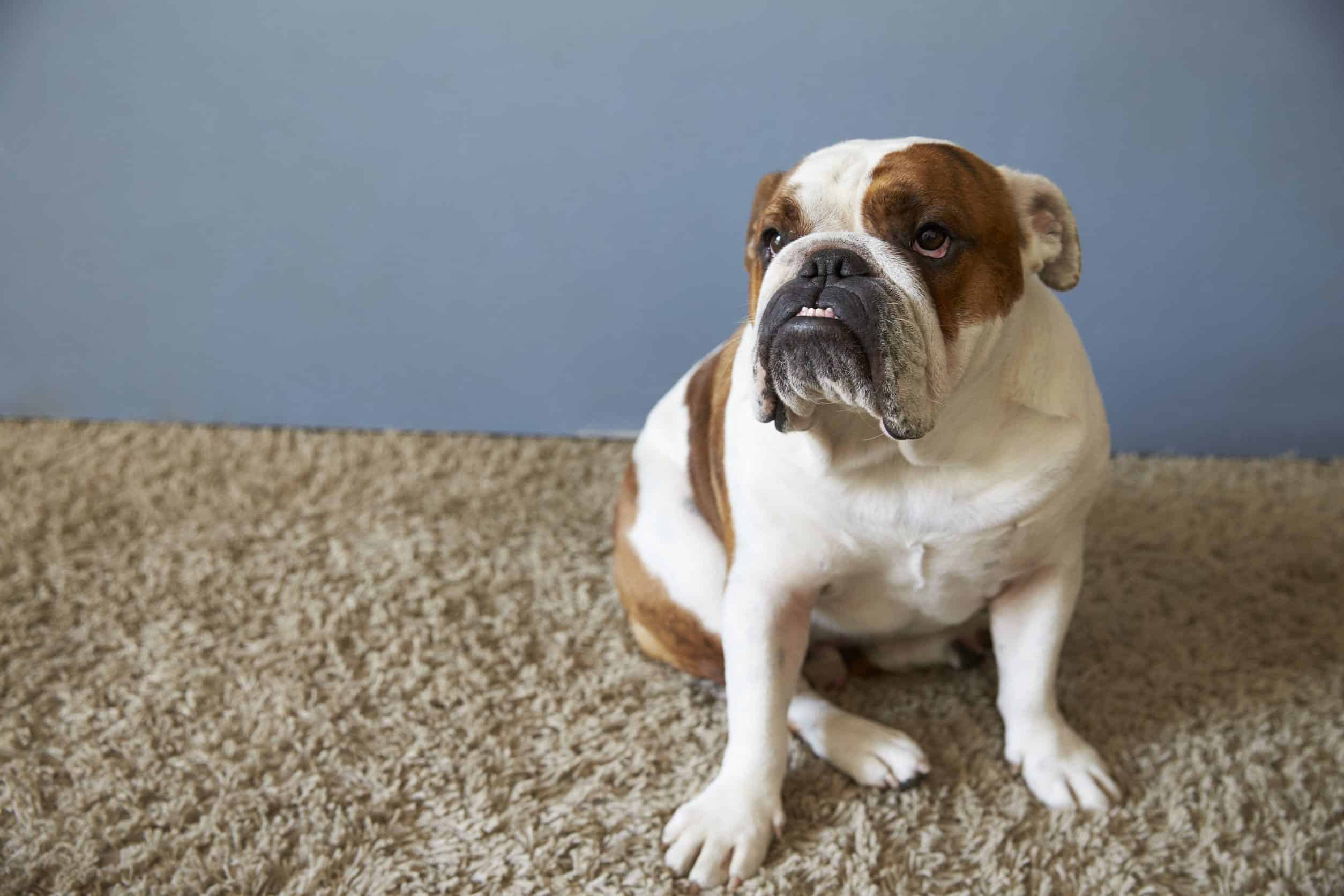

Articles
How To Stop Dogs From Peeing On Rugs
Modified: January 18, 2024
Discover effective articles on how to prevent dogs from peeing on rugs. Stop this unwanted behavior and keep your carpets clean with these helpful tips.
(Many of the links in this article redirect to a specific reviewed product. Your purchase of these products through affiliate links helps to generate commission for Storables.com, at no extra cost. Learn more)
Introduction
Welcome to our comprehensive guide on how to stop dogs from peeing on rugs. If you’re a pet parent who’s tired of dealing with urine stains and odors on your precious carpets, you’ve come to the right place. This article will provide you with valuable insights and actionable tips to tackle this common issue.
We understand that having a dog that consistently pees on your rugs can be frustrating and challenging to deal with. However, it’s crucial to approach this problem with patience, understanding, and a willingness to work with your furry friend. By addressing the underlying causes and implementing effective training strategies, you can successfully change their behavior and protect your rugs.
In this guide, we will explore common reasons why dogs pee on rugs and how to differentiate between behavioral and health-related issues. We will also dive into the importance of establishing a regular bathroom routine and crate training your dog properly. Additionally, we will discuss the power of positive reinforcement and rewards, as well as methods for managing stress and anxiety in dogs.
We will also provide tips on removing urine odors and stains from your rugs to ensure a clean and fresh living environment. Lastly, we will touch on when it might be necessary to seek professional help or guidance.
With the information and strategies shared in this article, you’ll be equipped with the knowledge and tools necessary to transform your dog’s behavior and protect your rugs from future accidents. So, let’s dive in and discover how to put an end to those unwanted accidents once and for all!
Key Takeaways:
- Understanding the reasons behind your dog’s rug-peeing behavior is crucial for effective training. By addressing behavioral, health, and environmental factors, you can tailor a solution that works for your furry friend.
- Implementing a regular bathroom routine, crate training, positive reinforcement, and stress management techniques are key strategies to stop your dog from peeing on rugs. Consistency, patience, and professional guidance can make a significant difference in addressing this common issue.
Read more: How To Stop Dogs From Peeing On Furniture
Common Reasons Why Dogs Pee on Rugs
Dogs may pee on rugs for various reasons, and understanding these reasons is the first step in addressing the issue. Here are some common factors that can contribute to this behavior:
- Marking territory: Dogs are territorial animals and may urinate on rugs to mark their scent and establish their presence. This behavior is more common in unneutered male dogs, but females can also engage in marking.
- Submissive or excitement urination: Some dogs may urinate as a submissive gesture when they feel anxious, scared, or excited. This often happens when they are greeted by people or other pets.
- Lack of proper training: If a dog has not been properly trained on where to relieve themselves, they may choose to urinate on rugs simply because they haven’t learned any alternative behaviors.
- Medical issues: Certain medical conditions, such as urinary tract infections, bladder stones, or incontinence, can cause dogs to have accidents indoors. If your dog’s peeing behavior suddenly changes, it’s essential to rule out any underlying health issues.
- Anxiety or stress: Dogs may urinate on rugs as a result of anxiety or stressful situations. This can happen during times of change, such as moving to a new home, the introduction of a new pet or family member, or separation anxiety when their owner is away.
- Unfamiliar surroundings: Dogs may feel the need to mark their scent in unfamiliar environments, such as when visiting a friend’s house or staying in a hotel. Rugs can become targets for this marking behavior.
It’s important to note that sometimes, dogs may pee on rugs due to a combination of these factors or even for reasons that we may not fully understand. The key is to observe your dog’s behavior, gather information, and gradually address each contributing factor to modify their peeing habits.
In the next sections, we will explore strategies and techniques to help you effectively stop your dog from peeing on rugs. By understanding why they engage in this behavior, you’ll be better equipped to address the issue and find a suitable solution that works for both you and your furry friend.
Understanding Your Dog’s Behavior and Health
When trying to stop your dog from peeing on rugs, it’s essential to have a clear understanding of their behavior and health. This will help you determine whether the issue is primarily behavioral or if it could be linked to an underlying medical condition. Here are some points to consider:
1. Observation and patterns: Take note of when and where your dog tends to pee on rugs. Are there specific triggers or situations that consistently lead to this behavior? Understanding the patterns can provide valuable insights into the underlying causes.
2. Veterinary check-up: If your dog’s peeing behavior has suddenly changed or you suspect they may have a medical issue, it’s crucial to consult with a veterinarian. They can conduct necessary tests and examinations to rule out any underlying health conditions that may be contributing to the problem.
3. Routine and consistency: Dogs thrive on routine, so establishing a consistent bathroom routine is essential. Take your dog out for walks and bathroom breaks at regular intervals throughout the day, including first thing in the morning, after meals, and before bedtime.
4. Proper hydration and diet: Ensure that your dog has access to fresh water at all times, as dehydration can lead to concentrated urine and more frequent urination. Additionally, a balanced and appropriate diet can contribute to overall urinary health.
5. Reward-based training: Positive reinforcement is a powerful tool in modifying your dog’s behavior. When your dog successfully goes to the bathroom outside or in their designated area, reward them with praise, treats, or their favorite toy. This reinforces the desired behavior and helps them understand where they should be relieving themselves.
6. Stress management: If anxiety or stress is contributing to your dog’s peeing on rugs, it’s essential to identify and address the underlying causes. This could involve gradually introducing your dog to new experiences, using calming techniques such as music or pheromone diffusers, or seeking the assistance of a professional dog trainer or behaviorist.
7. Consistency and patience: Changing your dog’s behavior takes time and consistency. It’s crucial to remain patient and avoid punishment-based training methods. Instead, focus on positive reinforcement, consistency in training, and addressing any underlying factors that may be contributing to the behavior.
By understanding your dog’s behavior and taking into account their overall health and well-being, you can develop an effective plan to stop them from peeing on rugs. Remember, each dog is unique, and it may take some trial and error to find the best approach that works for your furry friend.
Establishing a Regular Bathroom Routine
A regular bathroom routine is a crucial component of preventing dogs from peeing on rugs. By establishing a consistent schedule for bathroom breaks, you can help your dog understand where and when they should be relieving themselves. Here are some tips on how to create an effective bathroom routine:
- Frequent outdoor breaks: Take your dog outside to their designated bathroom area frequently, especially after meals, naps, or waking up. This will help them associate going outside with bathroom breaks and reduce the likelihood of accidents indoors.
- Confinement and supervision: If you’re unable to directly supervise your dog, confine them to a small area with easy-to-clean flooring, such as a bathroom or laundry room. This will prevent them from having access to rugs and provide you with better control over their bathroom habits.
- Use verbal cues: When taking your dog outside to their bathroom spot, use a specific verbal command or cue, such as “go potty.” Consistently using this cue will help your dog associate the command with the action you want them to perform.
- Praise and rewards: When your dog successfully goes to the bathroom outside, be sure to praise them enthusiastically and offer a treat or a favorite toy as a reward. Positive reinforcement will reinforce the desired behavior and encourage them to continue going in the appropriate place.
- Take note of bathroom habits: Pay attention to your dog’s behavior and cues before they need to go to the bathroom. Dogs may exhibit signs such as restlessness, circling, or sniffing the ground. By recognizing these signs, you can proactively take them outside and prevent accidents indoors.
- Consistency is key: Stick to the established bathroom routine consistently, even on weekends or during busy periods. Dogs thrive on routine, and a consistent schedule will help them understand and anticipate when it’s time for bathroom breaks.
- Accidents happen: Even with a regular bathroom routine, accidents can still occur, especially during the training phase. If your dog has an accident indoors, avoid punishment and simply clean it up without drawing attention to it. Clean the area thoroughly to remove any trace of urine scent, as lingering odors can encourage repeat incidents.
Remember, patience and consistency are key when establishing a regular bathroom routine. It may take some time for your dog to understand and adjust to the schedule. By providing clear guidance, positive reinforcement, and a consistent routine, you can help prevent accidents on rugs and encourage your dog to go to the designated bathroom area.
Properly Crate Training Your Dog
Crate training can be a valuable tool in preventing dogs from peeing on rugs. A crate serves as a safe and secure space for your dog, helping to prevent accidents indoors and promote positive bathroom behavior. Here are some tips on how to properly crate train your dog:
- Choose the right crate: Select a crate that is appropriately sized for your dog. It should be large enough for them to stand up, turn around, and lie down comfortably. A crate that is too big may encourage your dog to use one end for sleeping and the other for bathroom purposes.
- Create a positive association: Make the crate a pleasant and inviting space for your dog. Place comfortable bedding, toys, and treats inside to encourage them to view the crate as their den and a safe place to relax.
- Gradual introduction: Introduce your dog to the crate gradually. Start by leaving the crate door open, allowing them to explore it at their own pace. Place treats or their food near the crate to create a positive association with it.
- Use confinement time: When your dog is inside the crate, monitor them closely to prevent accidents. If you’re unable to supervise, keep them confined to the crate to avoid any mishaps on rugs or other areas of the house.
- Establish a routine: When crate training, maintain a regular schedule for taking your dog outside for bathroom breaks. Immediately after letting them out of the crate, take them to their designated bathroom spot to reinforce appropriate bathroom habits.
- Avoid using the crate for punishment: The crate should never be used as a form of punishment for your dog. It should be a positive and safe space where they are comfortable and feel secure.
- Practice patience: Crate training takes time and patience. Some dogs may adjust quickly, while others may require more time to acclimate to the crate. Be patient and provide positive reinforcement when your dog goes outside to relieve themselves.
- Gradual freedom: Once your dog becomes accustomed to the crate and demonstrates good bathroom habits, you can start giving them short periods of freedom in the house under supervision. Gradually increase their freedom as they consistently show appropriate bathroom behavior.
- Maintain the crate as a safe space: Even after your dog is fully trained to use the bathroom outside, continue to keep the crate accessible as a safe and comforting space for them. Many dogs enjoy having a designated den-like area where they can retreat and relax.
Crate training provides numerous benefits beyond preventing accidents on rugs. It also helps with house training, separation anxiety, and providing a secure space for your dog when traveling. With consistency, positive reinforcement, and patience, crate training can be a valuable tool in stopping your dog from peeing on rugs and promoting overall good behavior.
To stop dogs from peeing on rugs, thoroughly clean any previous accidents with an enzymatic cleaner to remove the scent. Then, use positive reinforcement and consistent potty training to encourage them to go outside.
Read more: How To Stop A Cat From Peeing On Rugs
Using Positive Reinforcement and Rewards
Positive reinforcement and rewards are powerful tools in training dogs and can be particularly effective in stopping them from peeing on rugs. By providing positive feedback and rewards, you can encourage the desired behavior and strengthen the bond between you and your furry friend. Here are some strategies for using positive reinforcement and rewards:
- Praise and affection: When your dog exhibits appropriate bathroom behavior, such as going outside or using their designated area, provide verbal praise and affection. Use an enthusiastic tone to convey your approval and make them feel loved and appreciated.
- Treats: Treats are a great way to reinforce positive behavior. Keep a stash of small, tasty treats handy and reward your dog immediately after they successfully go to the bathroom outside or in their designated area. Make sure the treats are given promptly to ensure they associate the reward with the desired behavior.
- Favorite toys: Some dogs are highly motivated by playtime and toys. Use their favorite toy as a reward when they exhibit appropriate behavior. This can be particularly effective for dogs who may not be as food motivated.
- Clicker training: Clicker training is a method that uses a small handheld device that makes a distinct clicking sound. The click is immediately followed by a treat or reward to mark and reinforce the desired behavior. This clear signal helps dogs understand exactly what behavior they are being rewarded for.
- Consistency: Consistency is key when using positive reinforcement. Make sure to provide rewards and praise consistently whenever your dog exhibits the desired behavior. This helps them understand that their actions are being positively reinforced and encourages them to continue with the appropriate behavior.
- Timing: It’s crucial to provide rewards and praise immediately after your dog exhibits the desired behavior. This helps them make the connection between the action and the positive reinforcement. Delaying the reward may cause confusion and make it harder for them to understand what they are being rewarded for.
- Keep rewards varied: Dogs may become less motivated by the same treats or rewards over time. To maintain their interest and motivation, switch up the types of treats or toys you use as rewards. This keeps the positive reinforcement fresh and exciting for them.
- Be patient: Changing behavior takes time, and it’s important to be patient with your dog. Some dogs may pick up on the desired behavior quickly, while others may take longer to understand and consistently exhibit appropriate bathroom habits. Stay consistent, provide positive reinforcement, and celebrate even small progress along the way.
By utilizing positive reinforcement and rewards, you can encourage your dog to break the habit of peeing on rugs and reinforce the desired bathroom behavior. Remember, training should be a positive and enjoyable experience for both you and your furry friend, strengthening your bond and leading to long-lasting behavioral changes.
Managing Stress and Anxiety in Dogs
Stress and anxiety can contribute to dogs peeing on rugs. It’s important to address and manage these underlying issues to help prevent such behavior. By providing a calm and supportive environment, you can help your dog feel more at ease and reduce the likelihood of accidents. Here are some strategies for managing stress and anxiety in dogs:
- Identify triggers: Pay attention to situations or stimuli that cause your dog to become stressed or anxious. Common triggers include loud noises, new environments, certain people or animals, or being left alone. Once you identify these triggers, you can work on desensitizing your dog to them gradually.
- Positive associations: Create positive associations with stressful situations or triggers by pairing them with something your dog enjoys. For example, if your dog is anxious during car rides, start by taking them on short, pleasant journeys to the park or a favorite location, and gradually build up to longer trips.
- Provide a safe space: Create a designated safe space in your home where your dog can retreat to when feeling stressed or anxious. This can be a crate, a specific room, or a cozy corner with their favorite bedding and toys. Encourage your dog to spend time in their safe space and respect their need for solitude.
- Calming techniques: There are various calming techniques that can help alleviate stress and anxiety in dogs. These include playing soothing music or using pheromone diffusers, which release calming scents that mimic natural dog pheromones and promote a sense of calmness.
- Exercise and mental stimulation: Regular exercise and mental stimulation are essential for reducing stress and anxiety in dogs. Engage your dog in daily physical activities such as walks, runs, or play sessions. Provide mental stimulation through puzzle toys and training exercises to keep their minds occupied.
- Positive reinforcement training: Training your dog using positive reinforcement techniques can help build their confidence and decrease anxiety. Focus on rewarding calm and relaxed behavior, and use treats, praise, and toys as rewards for their achievements.
- Professional help: If your dog’s anxiety is severe or persists despite your efforts, consider seeking professional help from a qualified dog trainer or behaviorist. They can provide expert guidance and develop a tailored behavior modification plan to address your dog’s specific needs.
- Consistency and routine: Dogs thrive on routine and predictable environments. Establish a consistent daily routine for your dog’s feeding, exercise, and rest time. This predictability provides a sense of security and can help reduce stress and anxiety levels.
- Avoid punishment: Punishment-based training methods can increase anxiety and stress in dogs. Instead, focus on positive reinforcement and redirection to more appropriate behaviors. Punishing your dog for accidents may further exacerbate their anxiety and lead to more problematic behavior.
- Give them time: Overcoming anxiety and managing stress takes time. Be patient and understanding with your dog. Offer them reassurance and support as they learn to cope with their triggers and develop healthier coping mechanisms.
By implementing these strategies, you can help your dog manage stress and anxiety, which in turn can reduce the likelihood of them peeing on rugs. Remember, each dog is unique, and it may take some trial and error to find the most effective methods for your furry friend. With love, patience, and a supportive environment, you can help your dog feel more comfortable and secure.
Removing Urine Odors and Stains from Rugs
Dealing with urine odors and stains on rugs can be a challenge, but it’s important to address them promptly to prevent your dog from repeatedly peeing in the same spot. Here are some effective methods for removing urine odors and stains from rugs:
- Act quickly: As soon as you discover a urine stain, act fast to prevent it from setting into the rug fibers. The longer the urine remains, the more difficult it becomes to remove the odor and stain.
- Blot, don’t rub: Start by gently blotting the urine stain with a clean cloth or paper towels. Avoid rubbing or scrubbing, as it can spread the urine and deeper into the rug.
- Vinegar and water solution: Create a solution of equal parts white vinegar and water. Apply the mixture to the urine stain and blot it with a clean cloth. Vinegar helps neutralize the odor and break down the urine crystals.
- Baking soda: Sprinkle a generous amount of baking soda over the affected area. Baking soda is known for its ability to absorb odors. Leave the baking soda on the rug for several hours or overnight, then vacuum it up.
- Enzyme-based cleaners: Enzyme-based cleaners, available at pet supply stores, are specifically designed to break down and eliminate pet stains and odors. Follow the instructions on the product carefully, as each brand may have different application methods.
- Professional cleaning: For stubborn urine stains or odors that persist, consider hiring a professional carpet cleaner. They have specialized equipment and cleaning solutions that can effectively tackle deep-set stains and eliminate lingering smells.
- Test the cleaning method: Before using any cleaning solution or product on your rug, it’s always wise to test it on a small, inconspicuous area first to ensure it doesn’t cause discoloration or damage.
- Prevention is key: Once you’ve successfully cleaned the urine stain and removed the odor, it’s essential to prevent your dog from peeing on the rug again. Continue with effective training methods, establish a regular bathroom routine, and address any underlying behavioral or health issues.
- Consider washable rugs or protective layers: If you anticipate ongoing challenges with your dog’s bathroom behavior, you might consider using washable rugs or placing a protective layer, such as plastic sheeting or puppy pads, under rugs to prevent urine from seeping into the flooring.
Remember, it’s crucial to thoroughly clean and eliminate the urine odor from rugs to discourage your dog from peeing in the same spot repeatedly. By acting quickly and using the appropriate cleaning methods, you can keep your rugs clean, fresh, and free from lingering urine odors.
Seeking Professional Help or Guidance
If you’ve tried various strategies and methods to stop your dog from peeing on rugs and are still facing challenges, it may be time to seek professional help or guidance. Relying on the expertise of a professional can provide valuable insights and tailored solutions to address your specific situation. Here are some instances when seeking professional help is beneficial:
- Training difficulties: If you’re struggling to train your dog or modify their behavior despite consistent efforts, a professional dog trainer or behaviorist can offer specialized guidance. They can assess your dog’s behavior, identify underlying issues, and design a customized training plan to address the problem.
- Health concerns: If your dog’s peeing behavior changes suddenly or is accompanied by other unusual symptoms, it’s important to consult with a veterinarian. They can perform a thorough examination and run tests to rule out any underlying medical conditions that may contribute to the problem.
- Persistent anxiety or stress: If your dog continues to exhibit high levels of anxiety or stress that interfere with their daily life, seeking the assistance of a professional behaviorist can be beneficial. They can help identify triggers, develop a behavior modification plan, and recommend strategies to manage and reduce anxiety.
- Chronic health conditions: Dogs with certain chronic health conditions, such as urinary incontinence or bladder issues, may require specialized treatment and management. A veterinarian or veterinary specialist can provide guidance on managing these conditions and preventing accidents.
- Expert advice for specific breeds or situations: Certain dog breeds may have unique behavioral traits or challenges. A professional with experience in working with your dog’s breed can provide specialized insights and strategies to address their specific needs. Likewise, if your situation involves complex dynamics, such as introducing a new pet or blending families, a professional can offer guidance for a successful integration.
- Ongoing support: In some cases, long-term support and guidance may be needed to address your dog’s peeing behavior. A professional trainer or behaviorist can provide ongoing support, monitor progress, and make necessary adjustments to the training plan as needed.
Remember, seeking professional help is not a sign of failure but rather a proactive step toward finding the best solution for your dog and your specific situation. Professionals have the knowledge and experience to assess and address complex behavioral and health issues, helping you and your furry friend achieve a happier and harmonious living environment.
Read more: How To Stop Dogs From Peeing On A Patio
Conclusion
Dealing with dogs peeing on rugs can be a frustrating and challenging issue for any pet parent. However, with patience, understanding, and the right strategies, you can successfully tackle this problem and prevent future accidents. Throughout this comprehensive guide, we have discussed various aspects of stopping dogs from peeing on rugs, including common reasons for this behavior, understanding your dog’s behavior and health, establishing a regular bathroom routine, crate training, using positive reinforcement and rewards, managing stress and anxiety, removing urine odors and stains, and seeking professional help or guidance.
If your dog is peeing on rugs, it’s essential to determine the underlying causes. By understanding their behavior and assessing their overall health, you can differentiate between behavioral issues and potential medical conditions. Establishing a regular bathroom routine and crate training your dog properly can aid in reinforcing appropriate bathroom habits. Positive reinforcement and rewards, coupled with managing stress and anxiety, are effective strategies to encourage desired behavior and reduce accidents.
Additionally, it’s crucial to address urine odors and stains promptly to deter your dog from repeating the behavior. Various methods, such as using vinegar and water solutions, enzymatic cleaners, and baking soda, can help eliminate odors and remove stains from rugs. If you encounter persistent challenges or complex situations, seeking professional help from trainers, behaviorists, or veterinarians can provide valuable guidance and support tailored to your dog’s specific needs.
Remember to be patient with your dog throughout the training process. Consistency, positive reinforcement, and a supportive environment will go a long way in shaping their behavior. Maintain a calm and understanding approach, avoiding punishment-based methods, and focusing on building a strong bond with your furry friend.
With dedication and the implementation of the strategies outlined in this guide, you can successfully stop your dog from peeing on rugs. By providing a clean and comfortable living environment and addressing their needs, you’ll create a harmonious space for both you and your beloved canine companion.
Frequently Asked Questions about How To Stop Dogs From Peeing On Rugs
Was this page helpful?
At Storables.com, we guarantee accurate and reliable information. Our content, validated by Expert Board Contributors, is crafted following stringent Editorial Policies. We're committed to providing you with well-researched, expert-backed insights for all your informational needs.
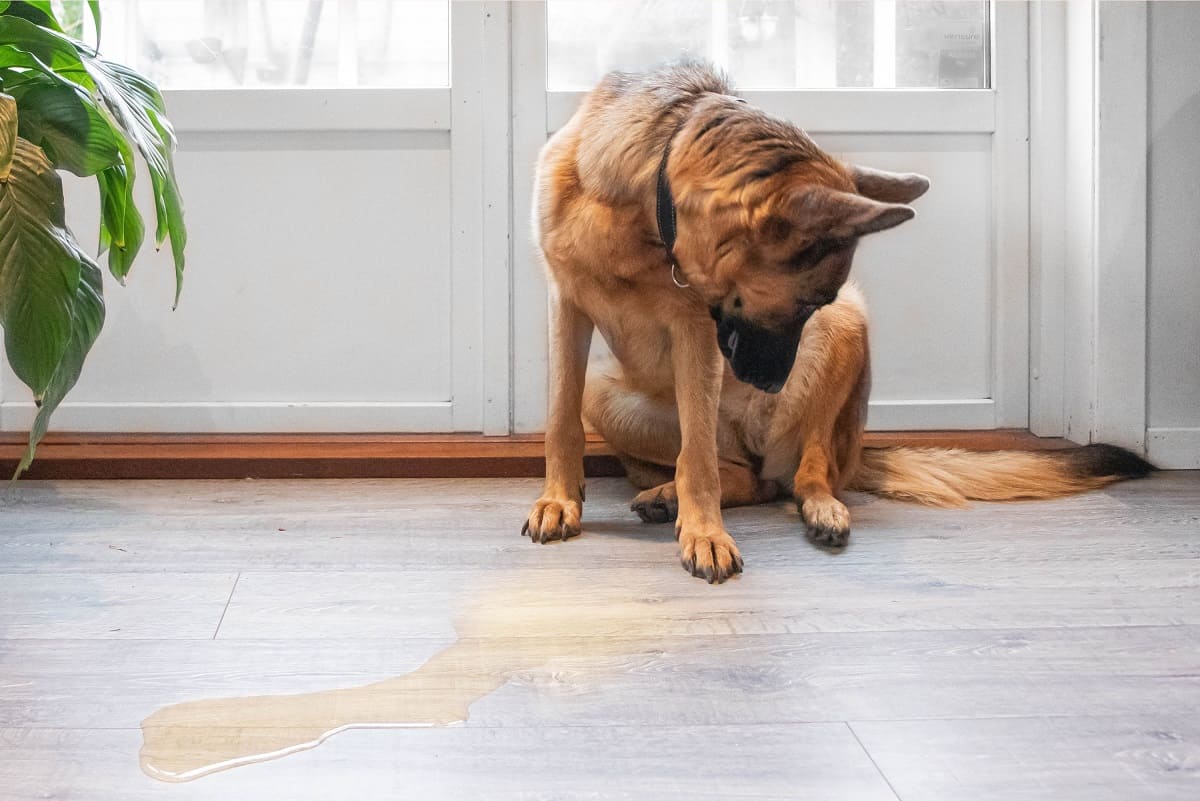
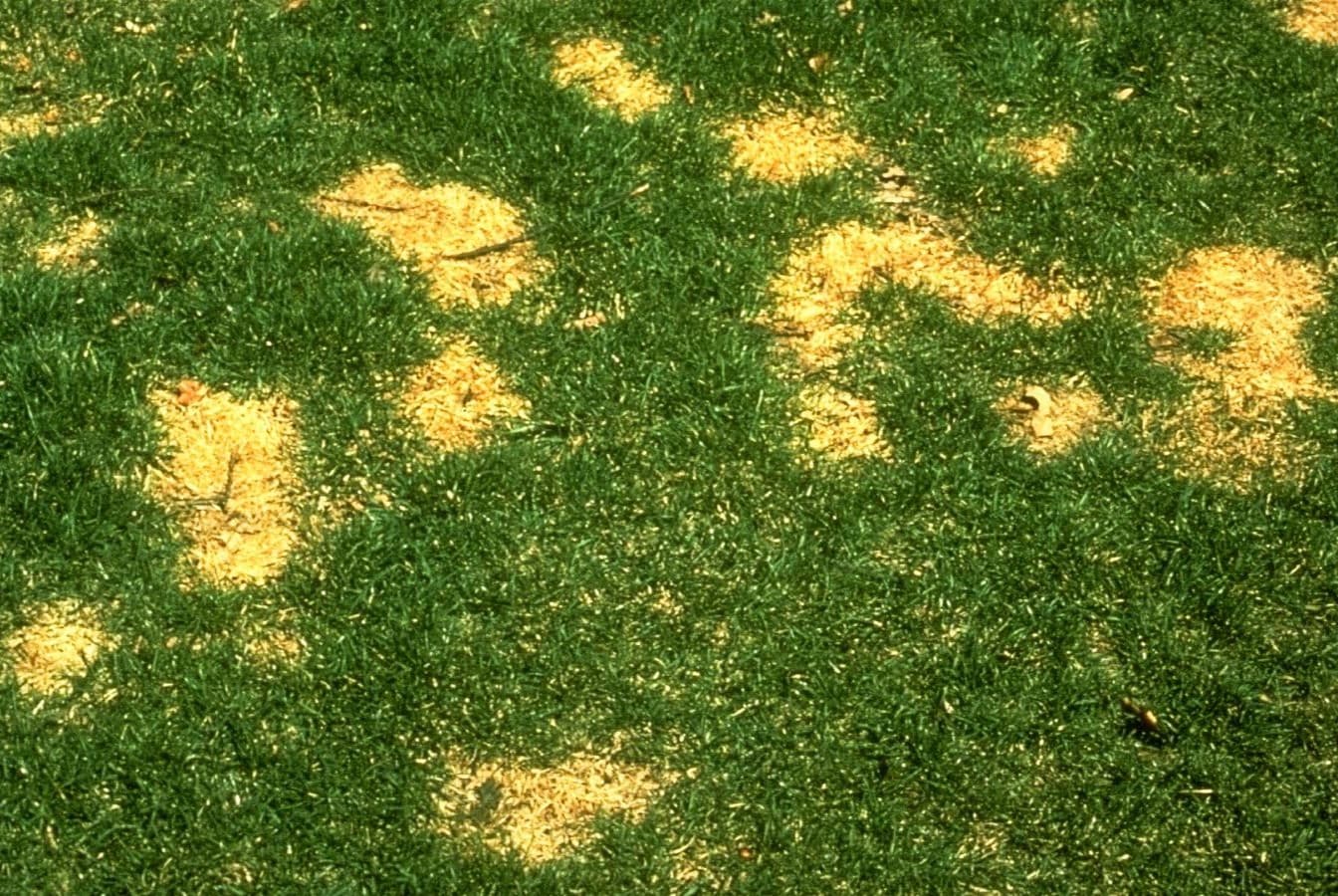
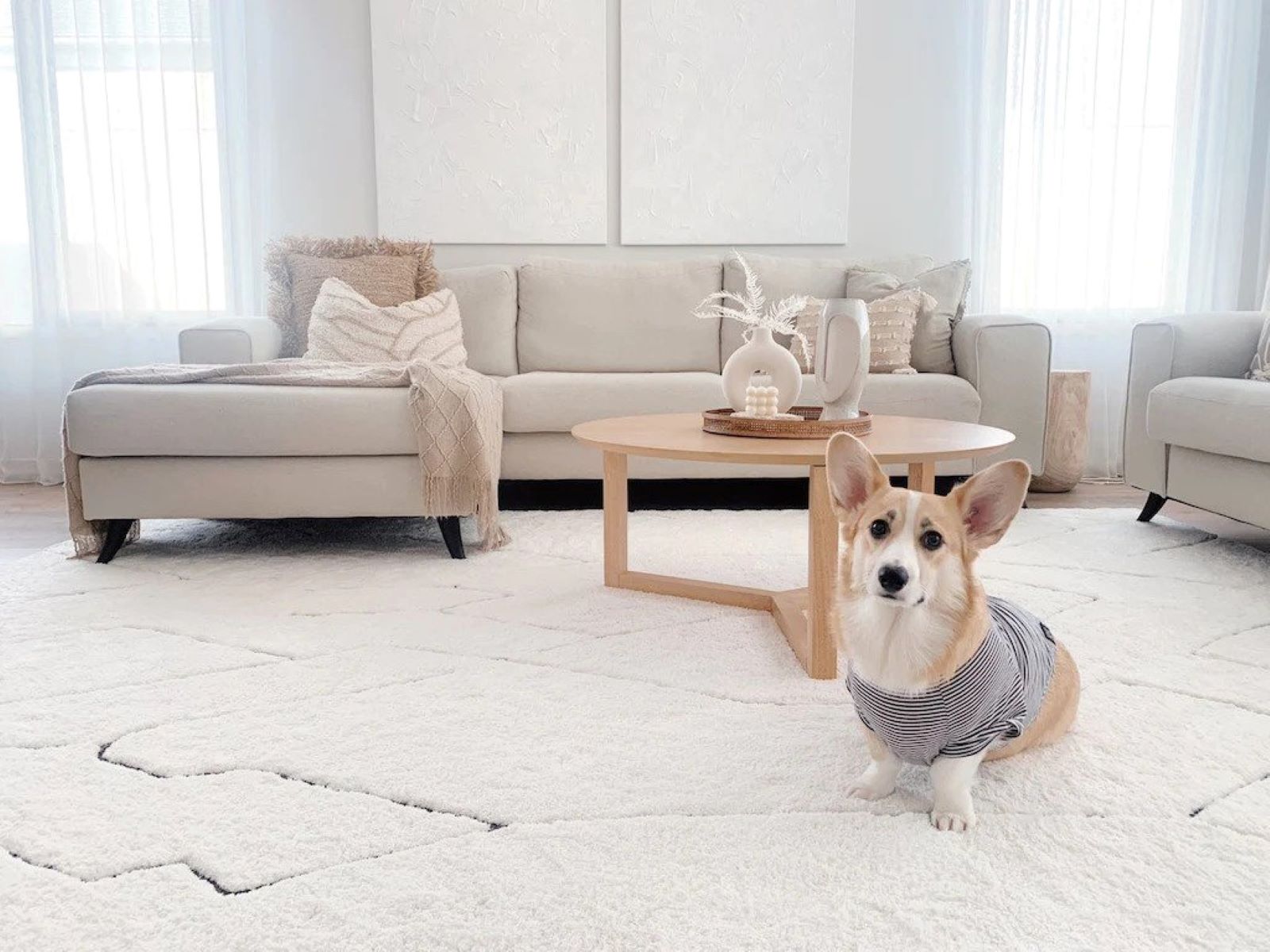
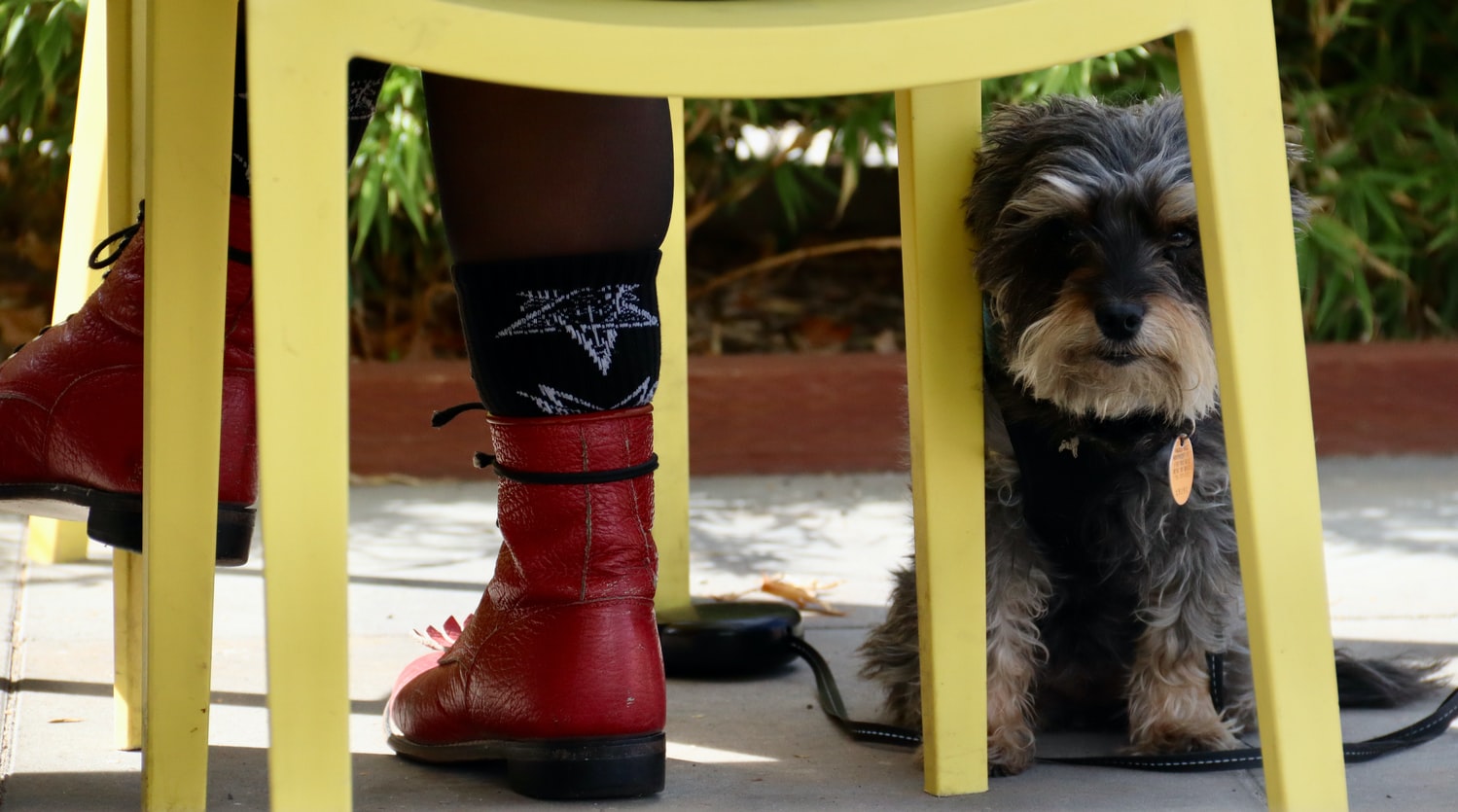
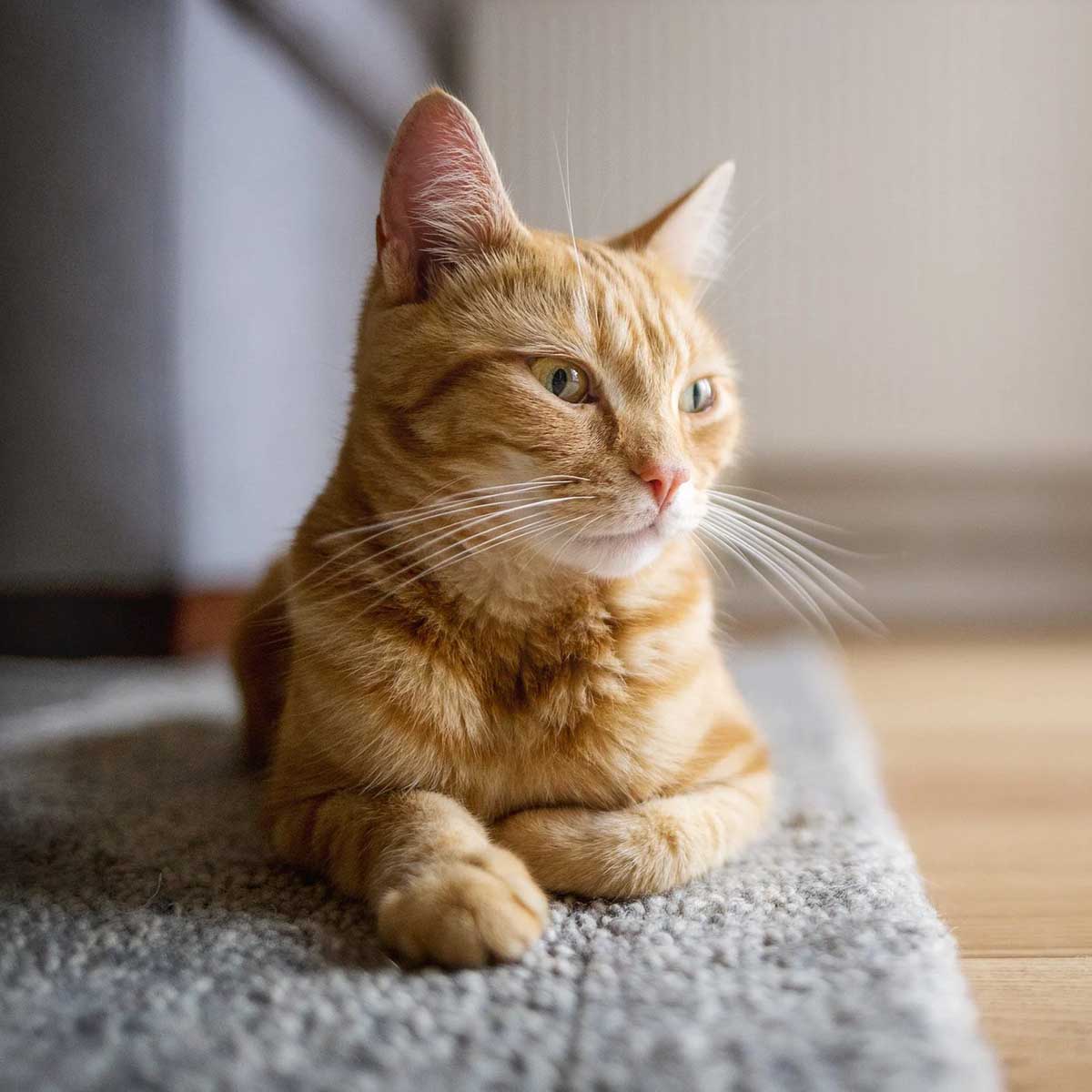
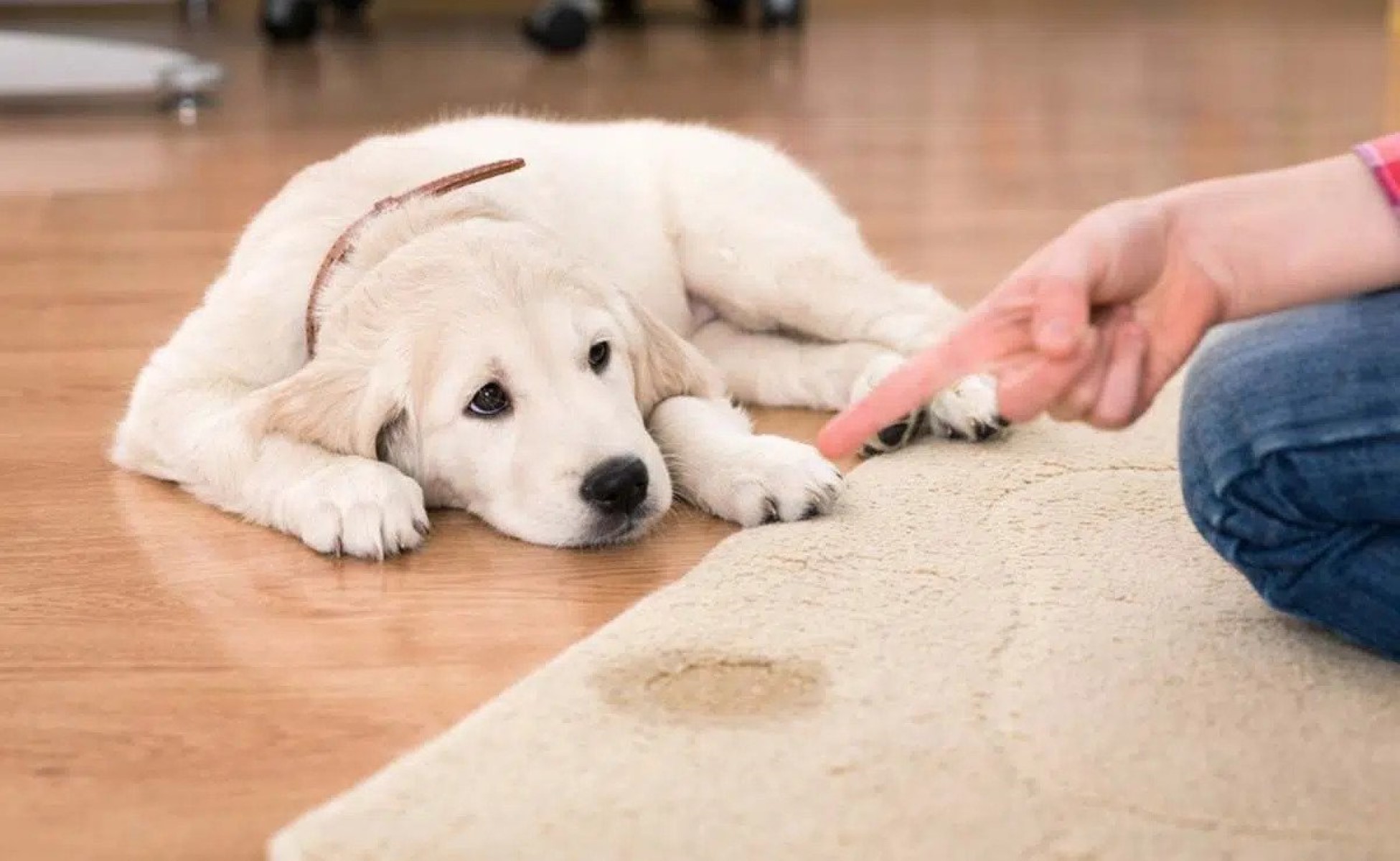
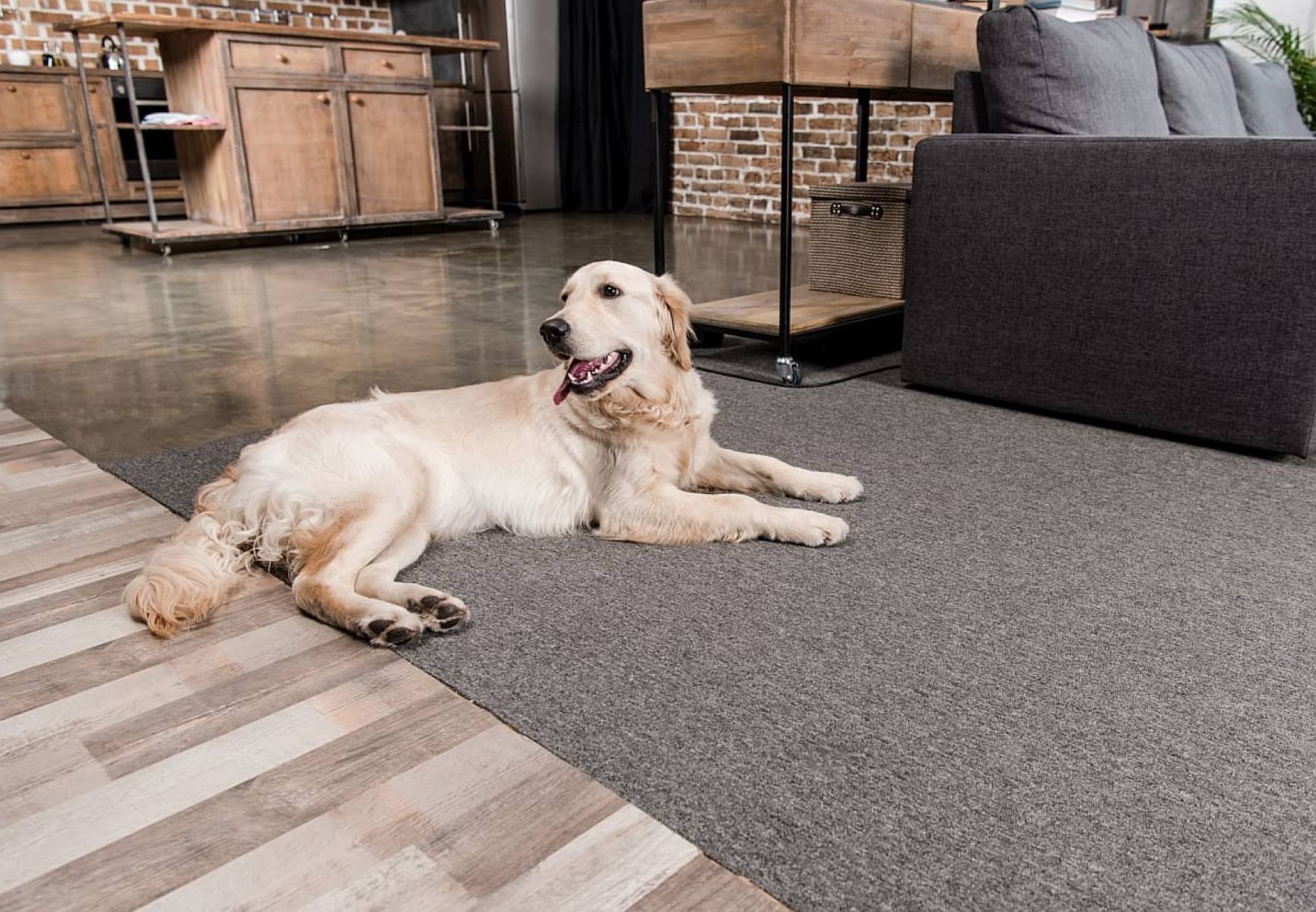
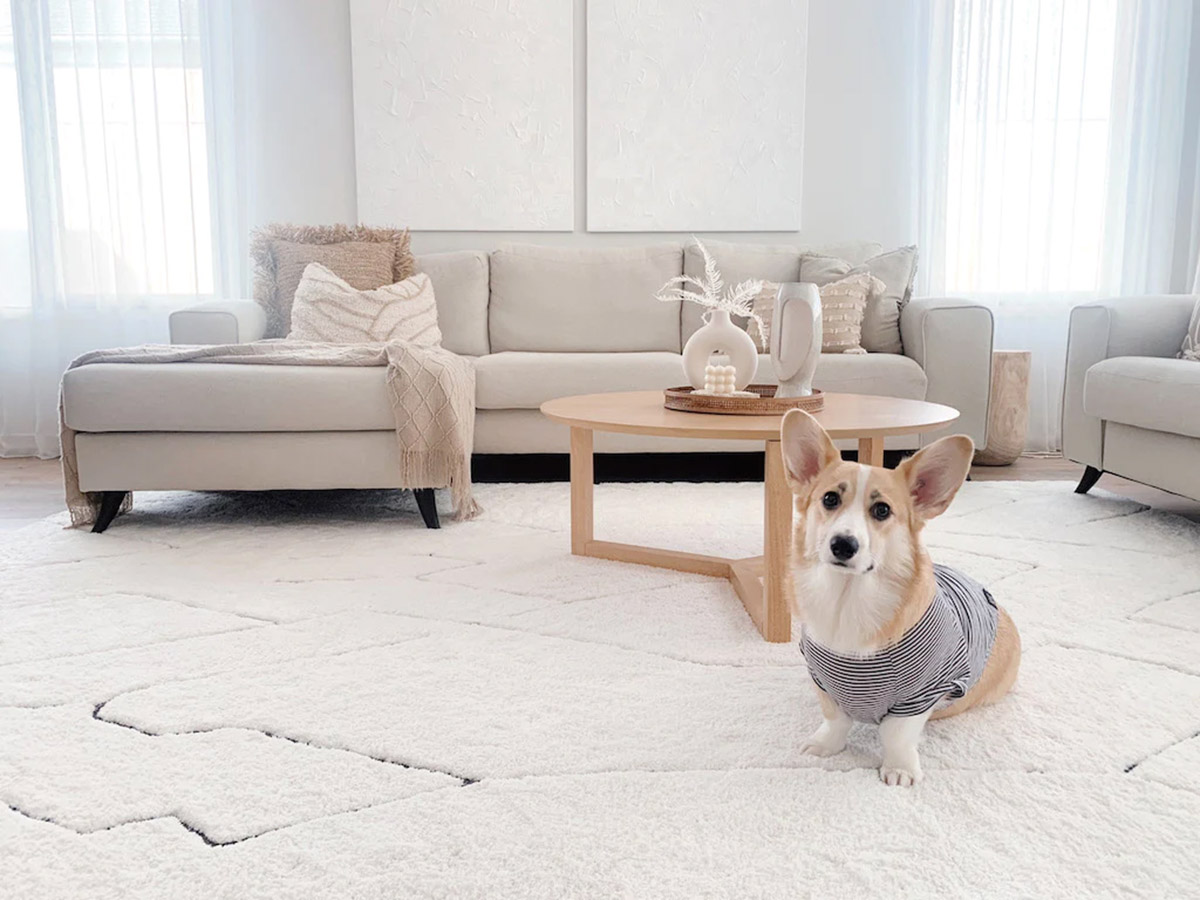
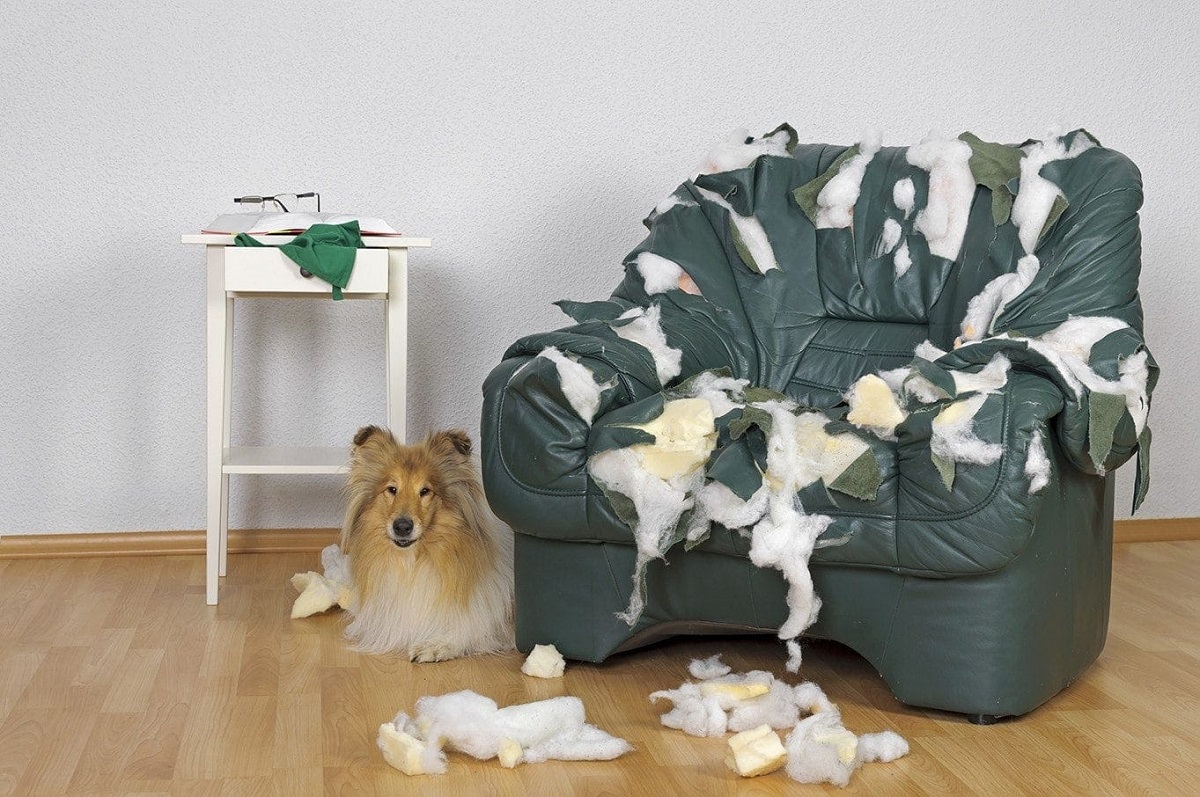
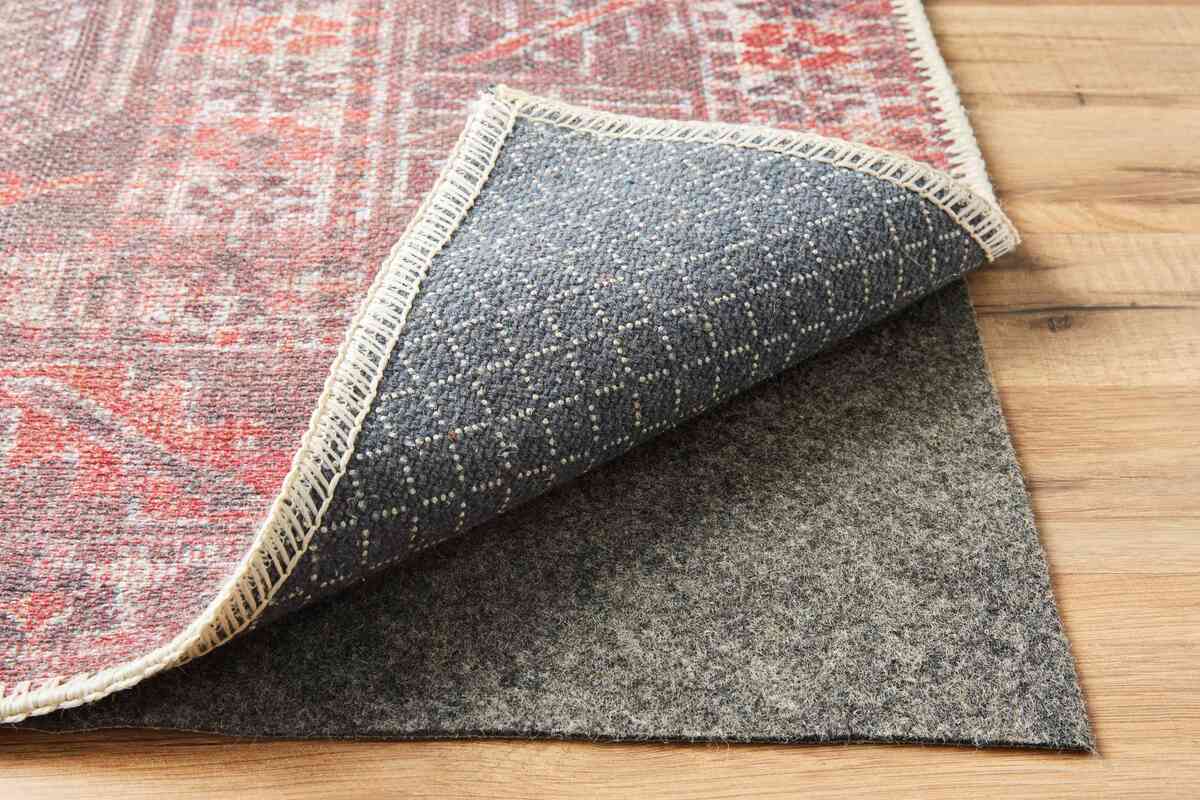
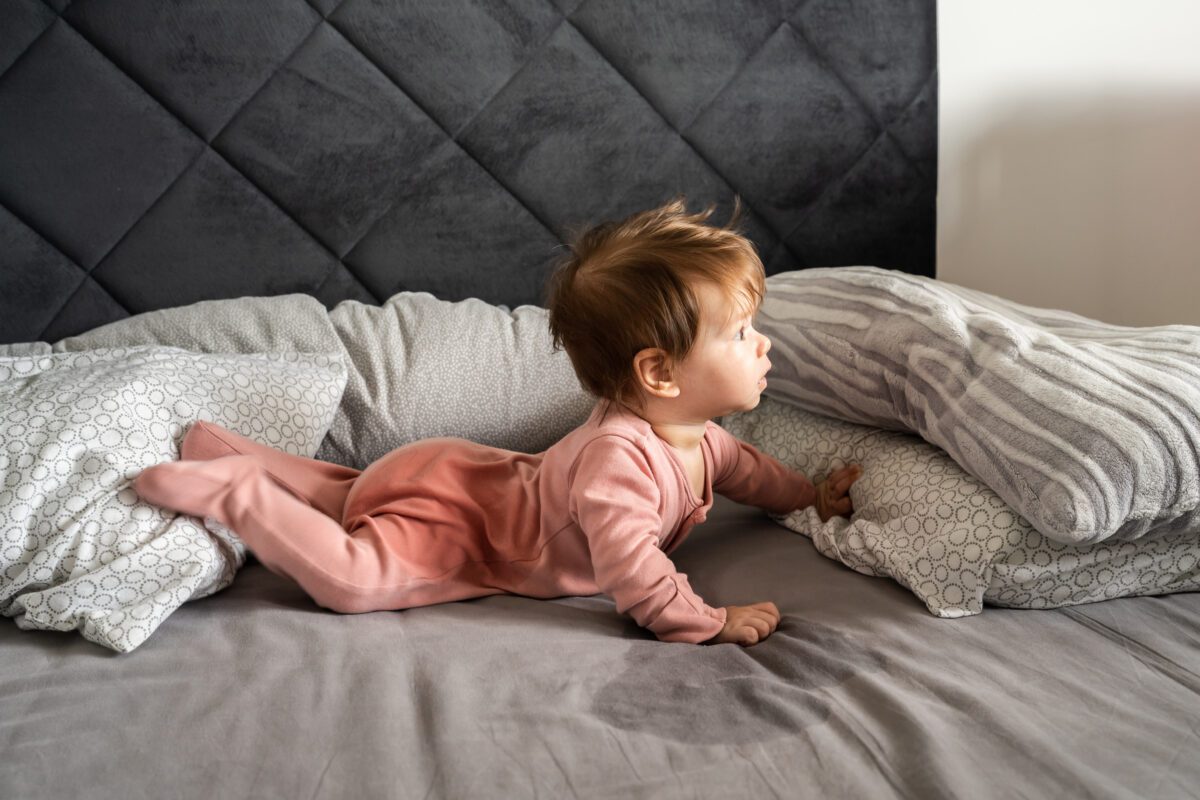
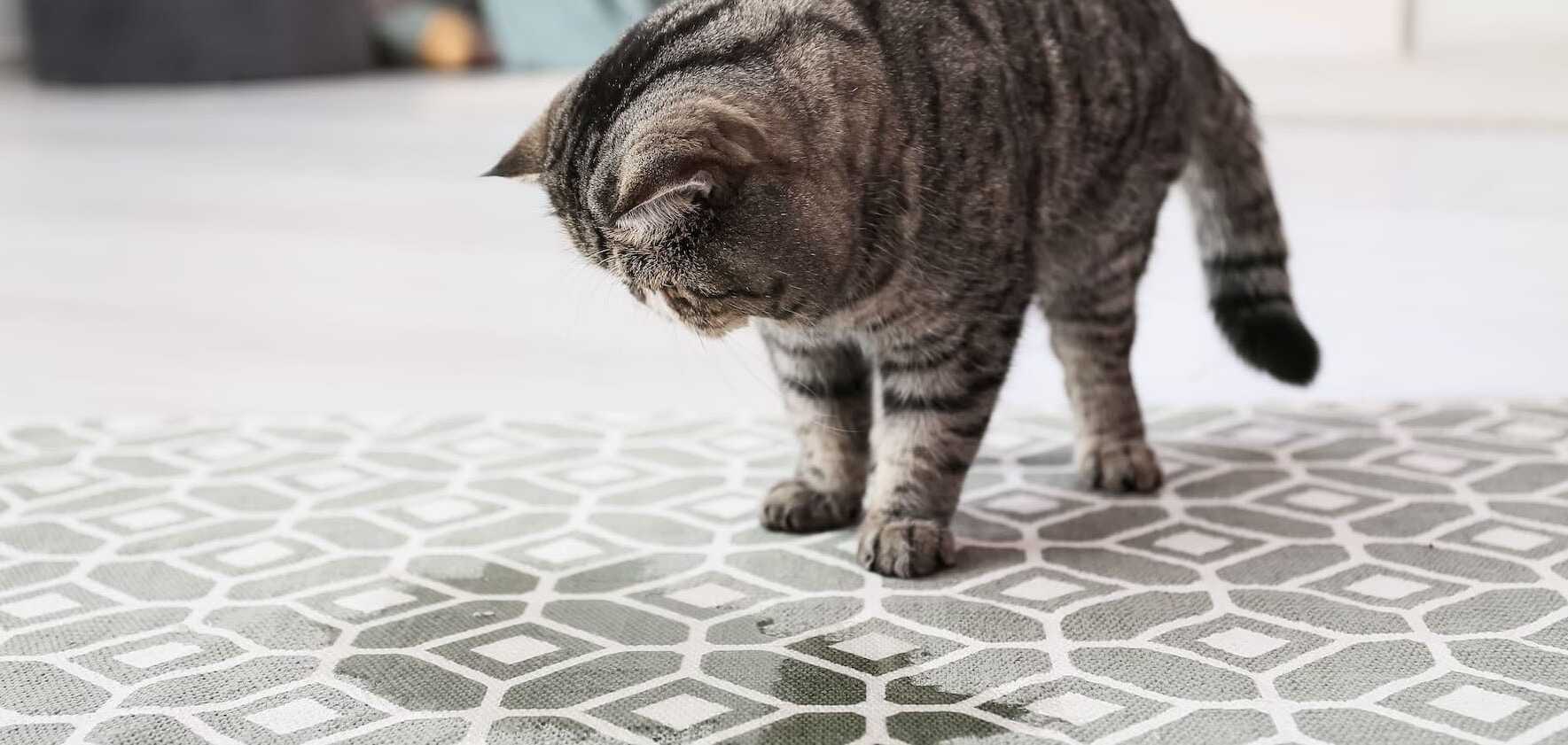
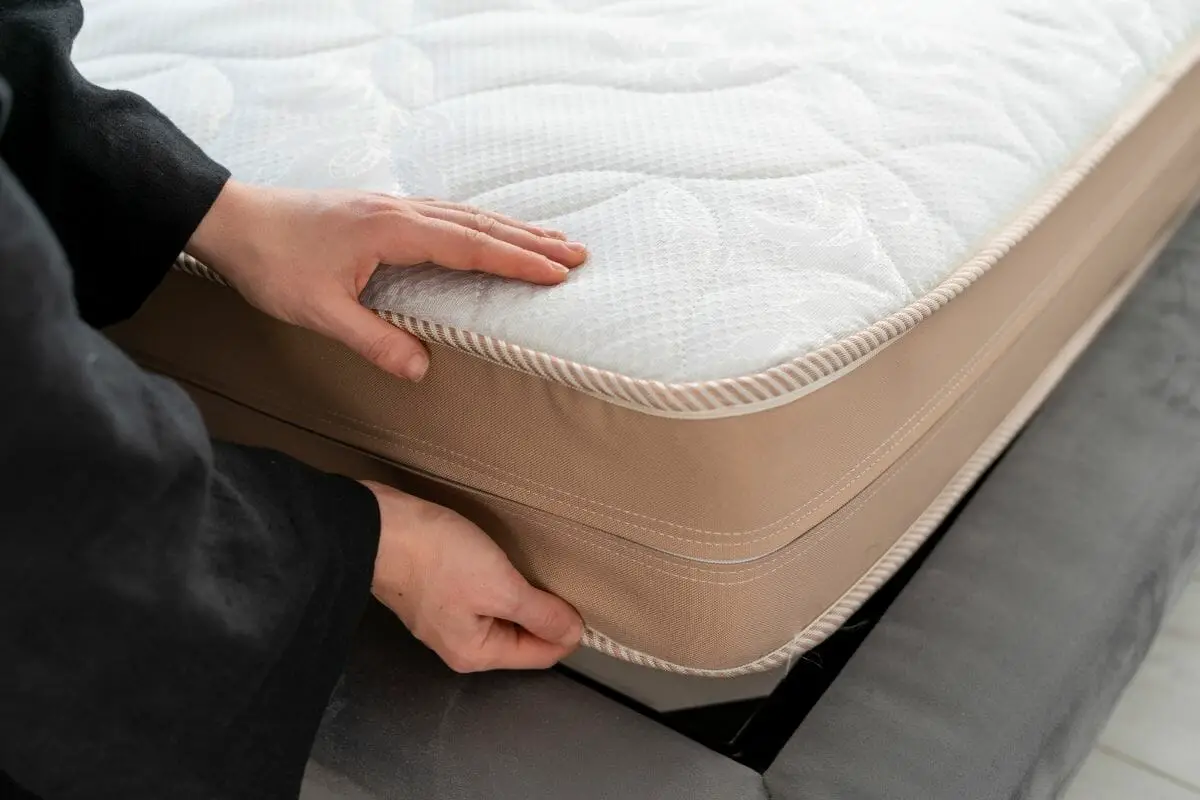

0 thoughts on “How To Stop Dogs From Peeing On Rugs”